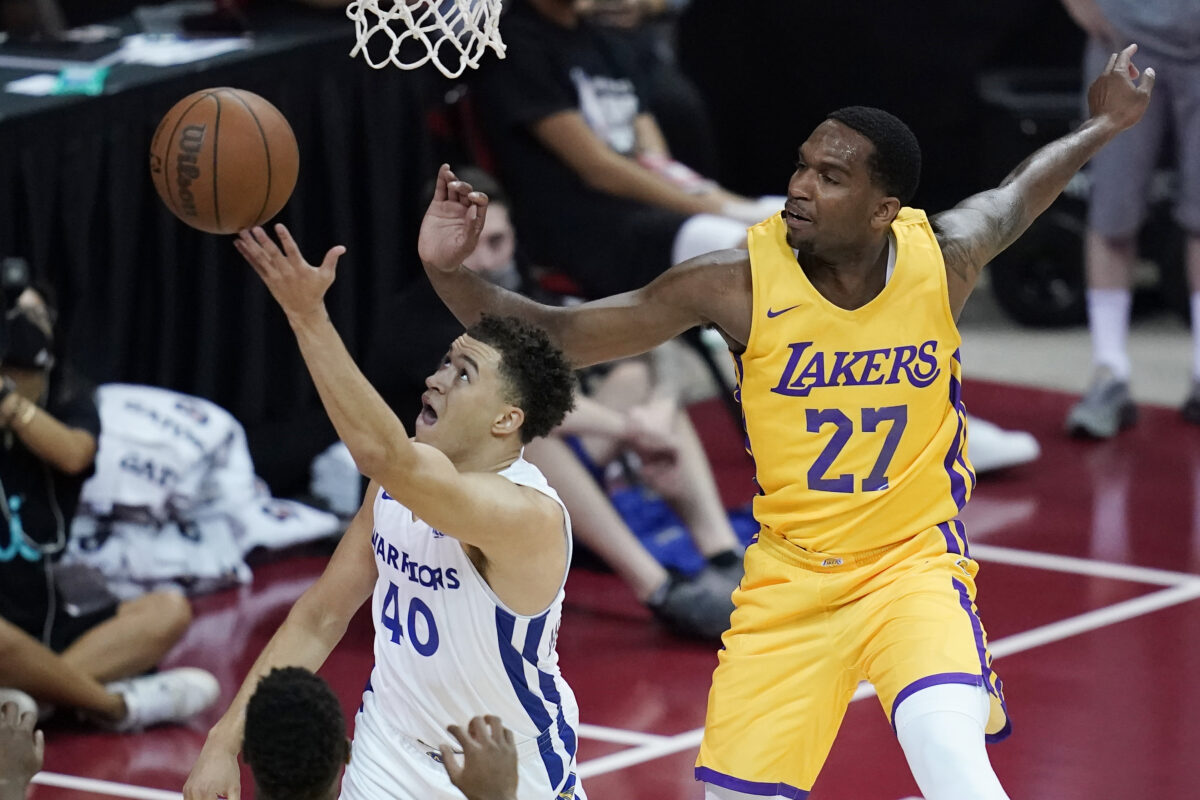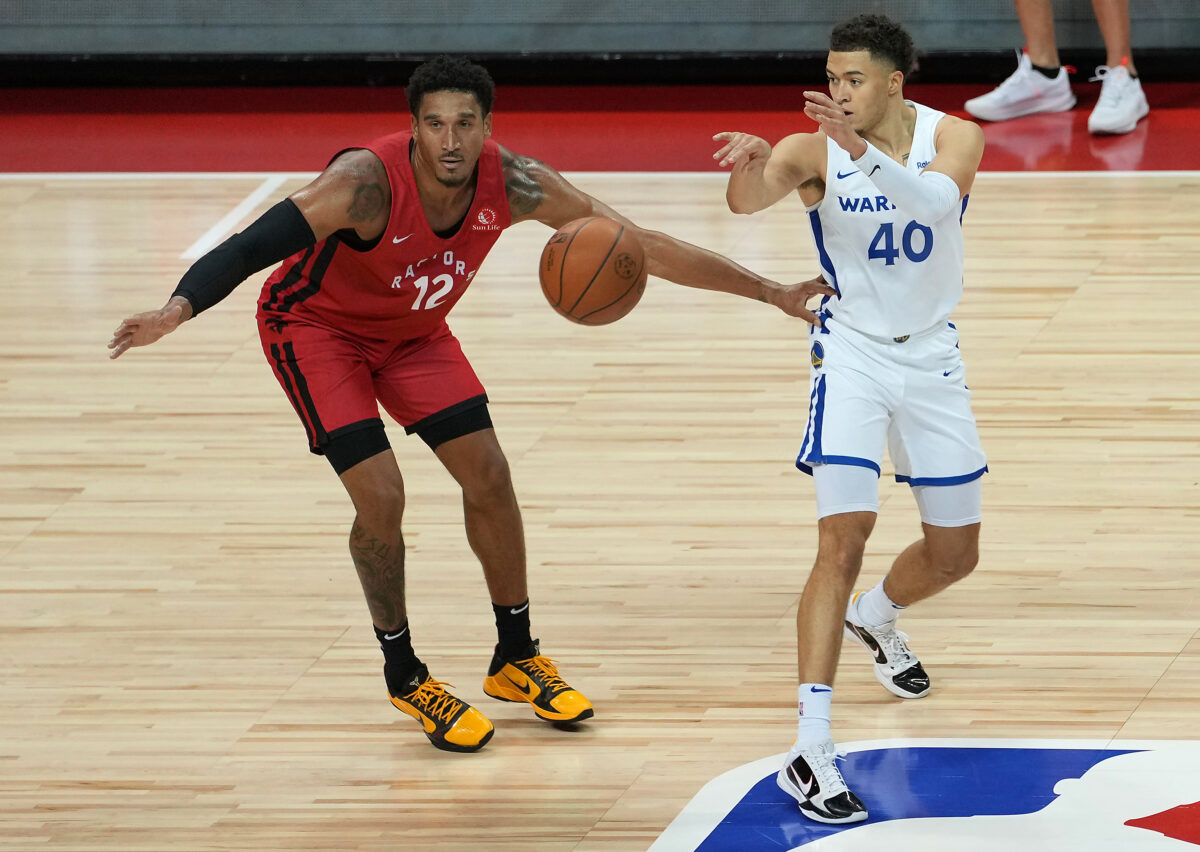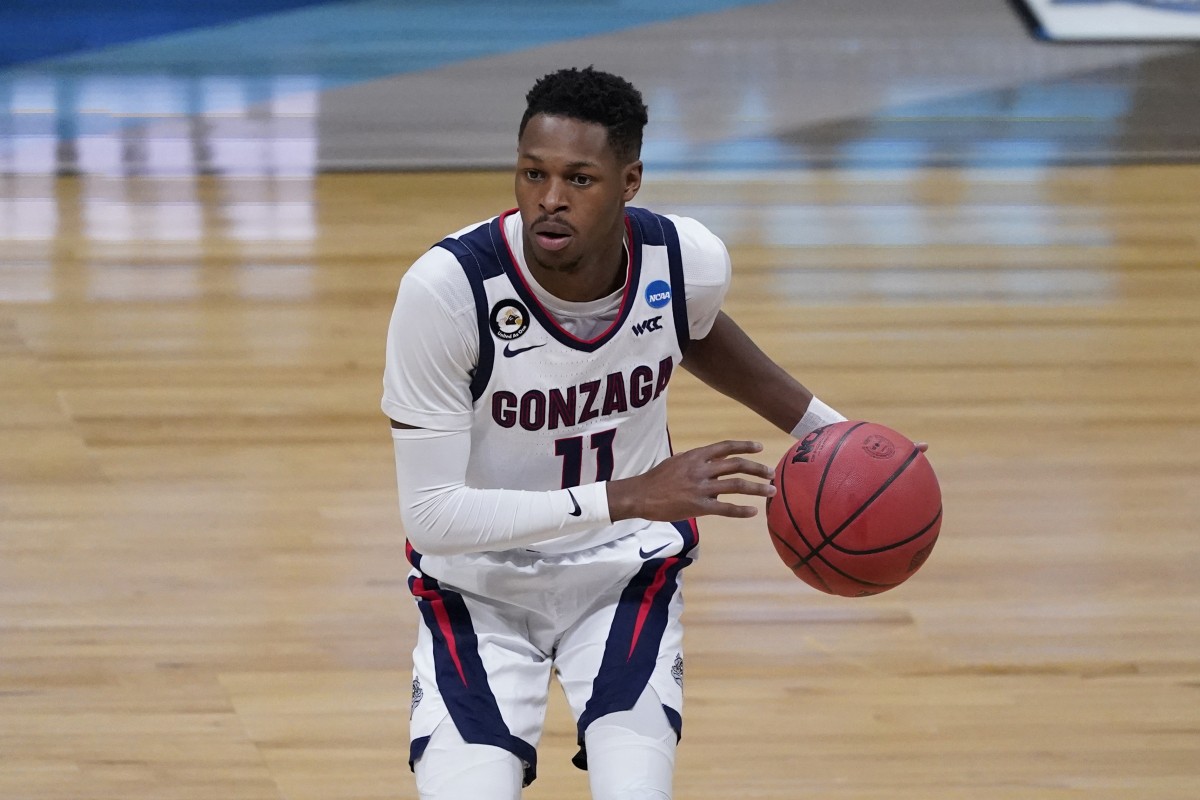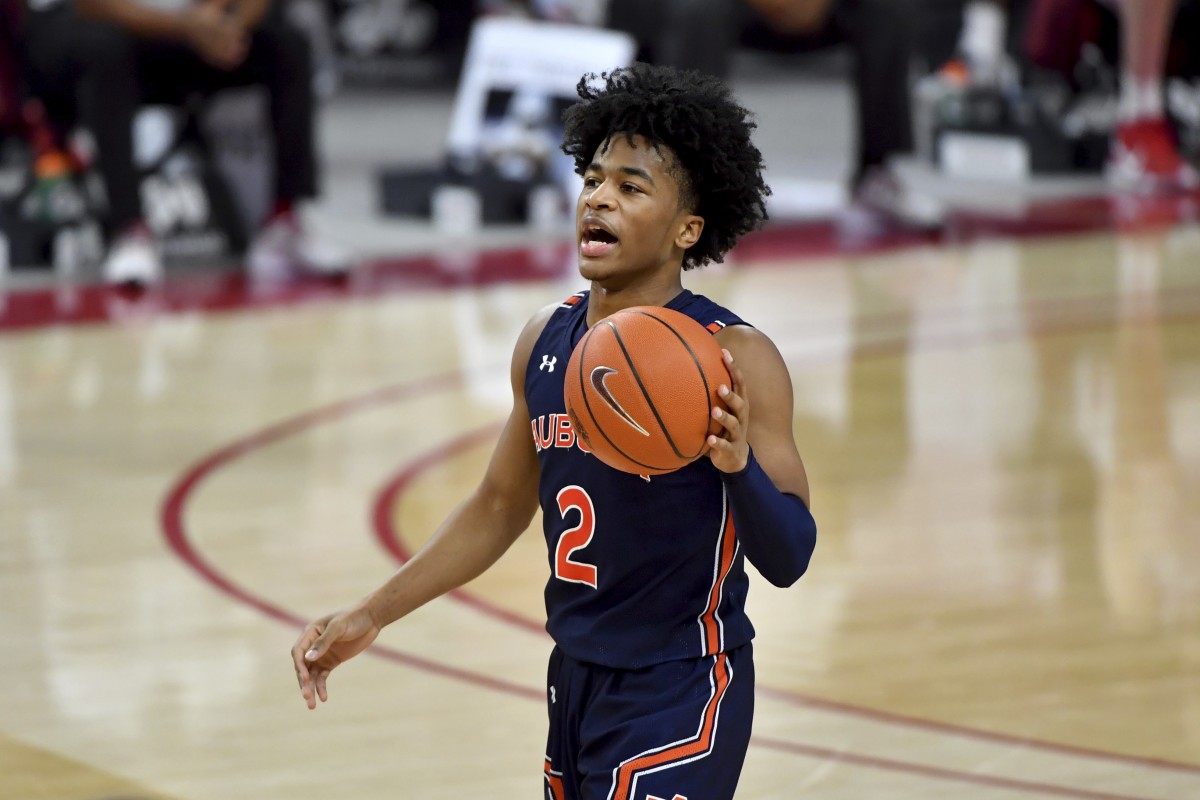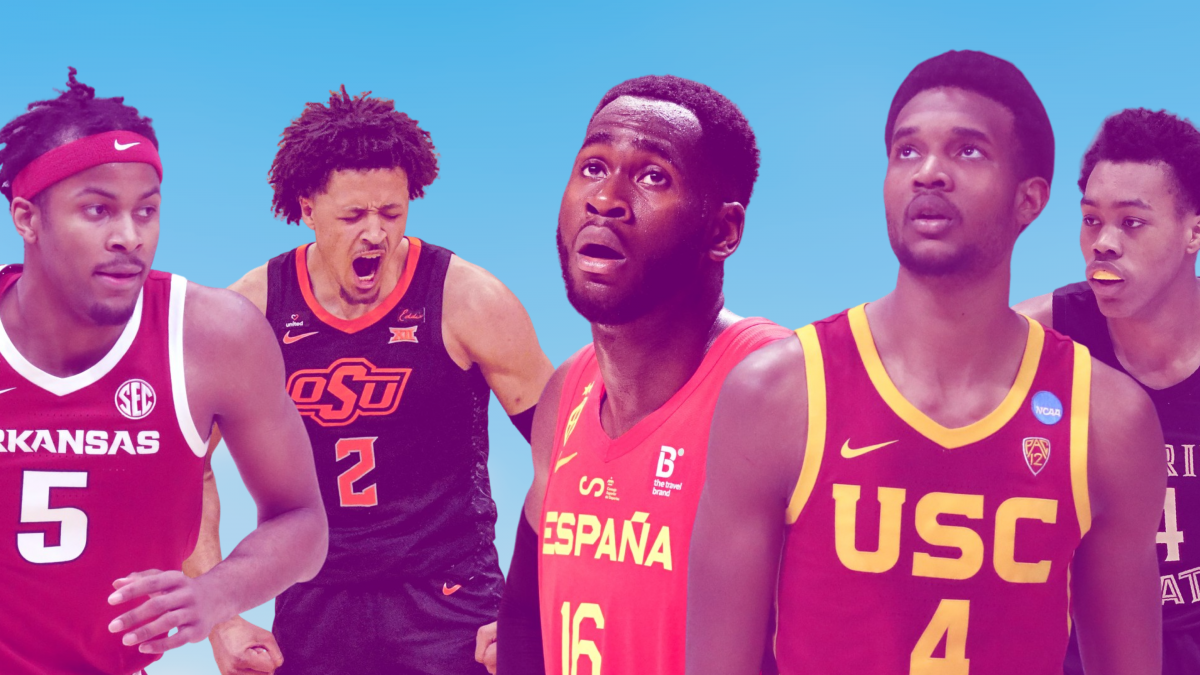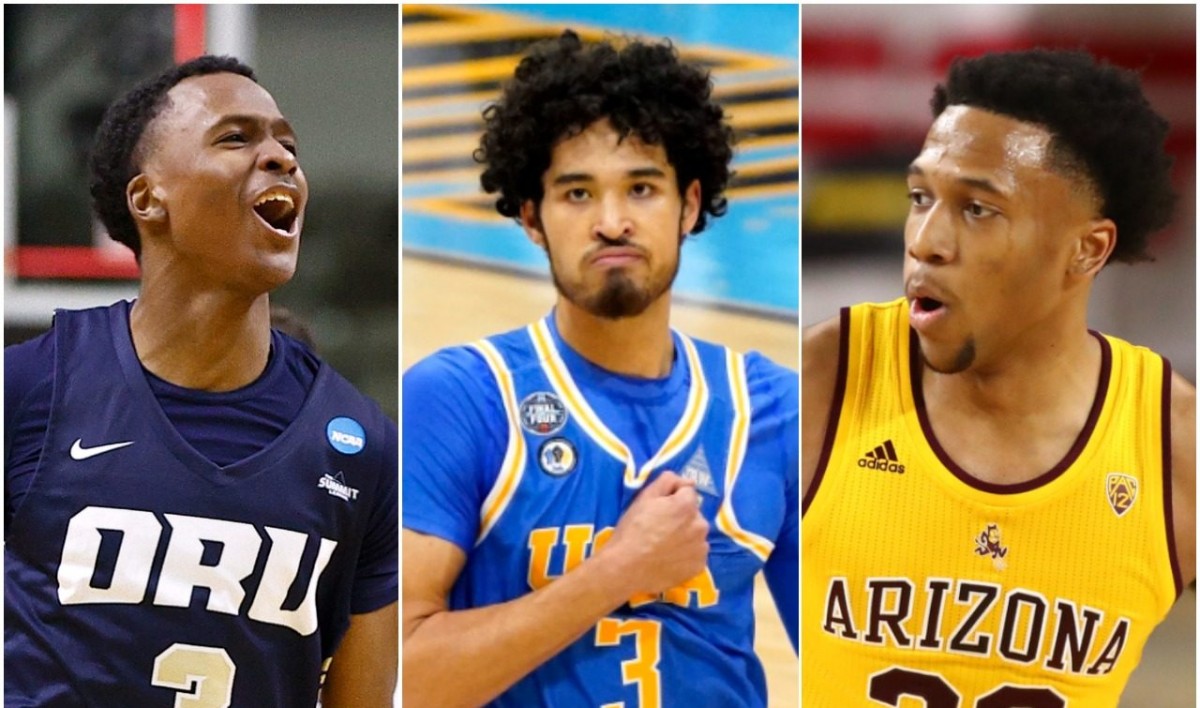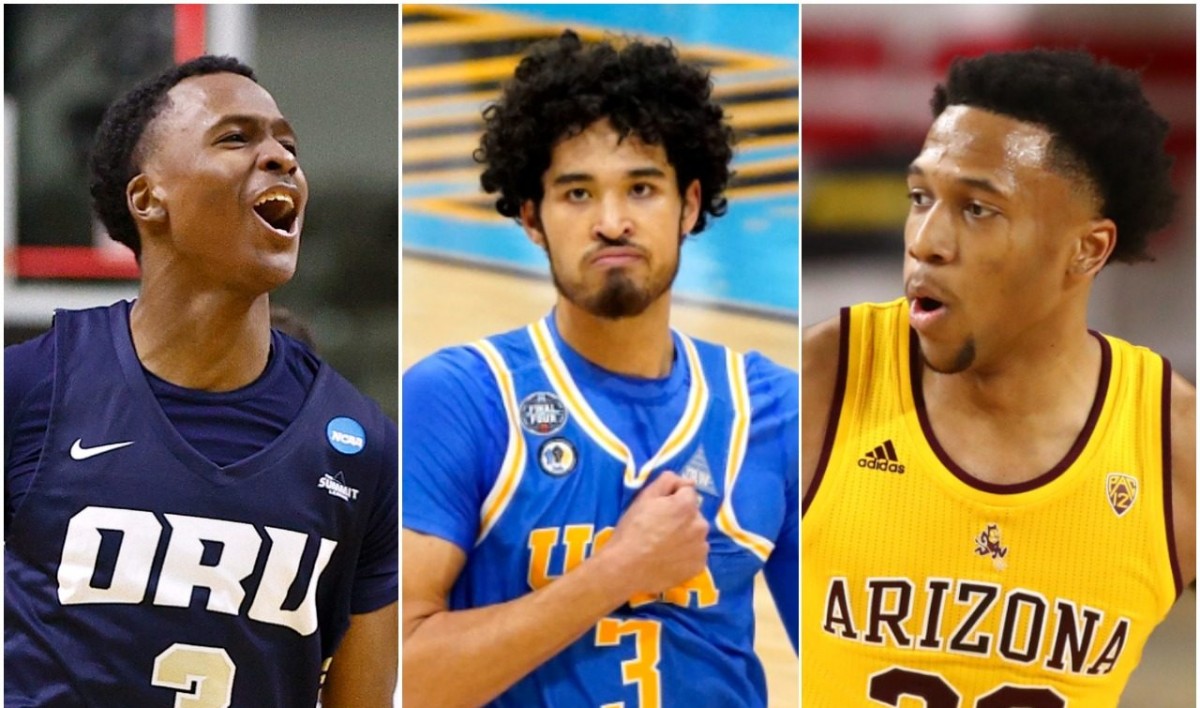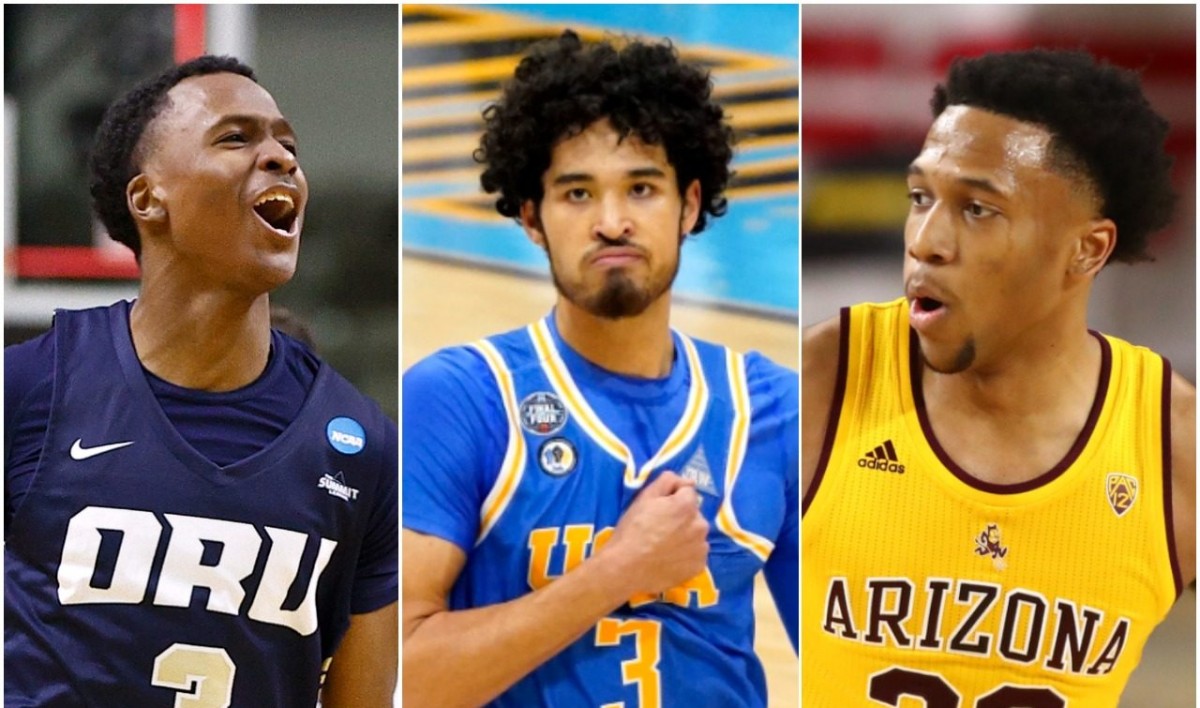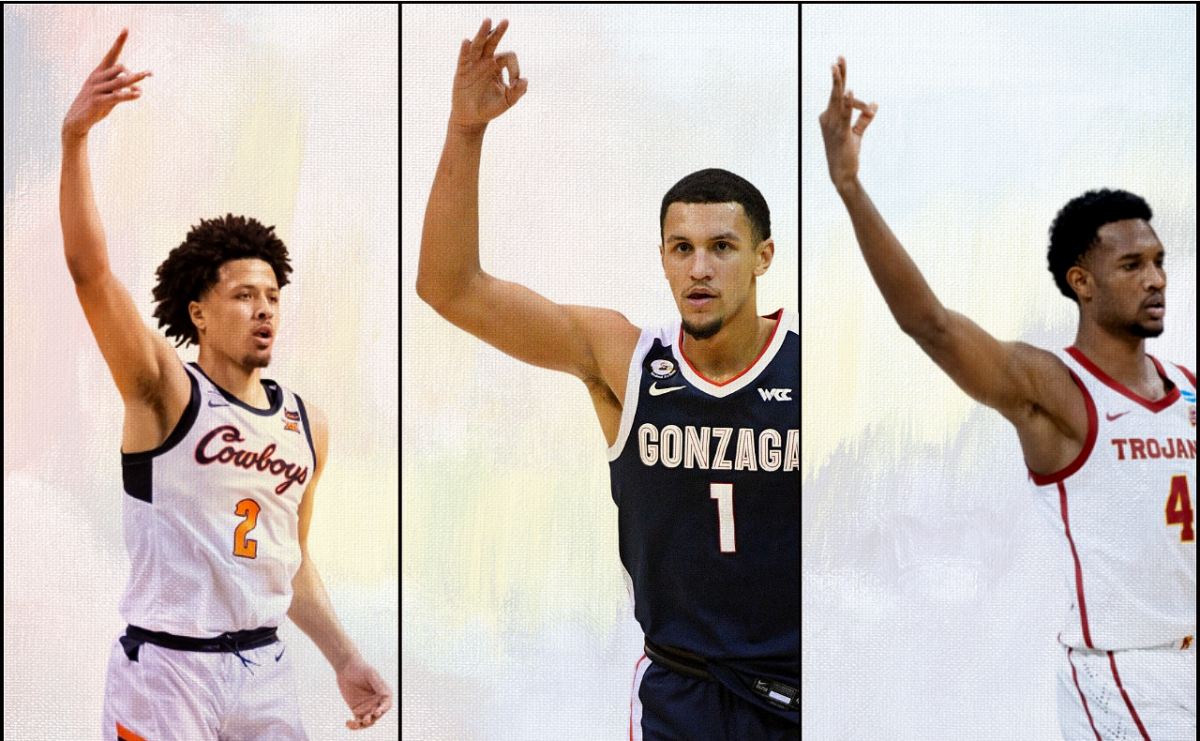Now that the NBA offseason is officially underway, it’s impossible not to think about how much the players have been through in the last year.
LeBron James and Anthony Davis secured the franchise’s 17th title on Oct. 11, then returned to practice a few months later so that the NBA’s 2020-21 season could, in fact, start in 2020. James would go onto labor through an ankle injury in April, and Davis was sidelined with a groin strain. The Lakers were ultimately eliminated in just the first round of the Western Conference playoffs.
The league has said that injuries are actually down from a year ago, though, and it’s not like the quality of the basketball has suffered. All in all the league’s quick turnaround is a testament to how well players are conditioned, and that’s thanks to the proliferation of private coaches.
Joe Abunassar is one of the forefathers of that profession, and the owner of IMPACT Basketball in Las Vegas is as busy as ever. He’s had to work with pro clients — accustomed to the regular rhythm of the year — to stay in shape while simultaneously preparing his college-aged clients to stand out in a year unlike any other.
“It’s been a long journey for me,” Abunassar told For The Win. “Every year we are adding; every year we are learning from our guys.”
JaQuori McLaughlin, who was named Big West Conference Player of the Year last season, was a driving force back in March, leading UC Santa Barbara to the NCAA men’s basketball tournament for the first time in a decade.
Before playing in Las Vegas Summer League for the Golden State Warriors, McLaughlin was working out with Abunassar twice a day. They focused on lifting weights and perfecting his jump shot as well as keeping a keen eye on his diet and his sleep schedule.
“It was huge for me,” McLaughlin recently told For The Win. “I was a good shooter coming in but he helped me tweak a few little things, like having a stronger base when I shoot and having a higher follow-through. I was working on my consistency, shooting the same shot every single time, so that was the main thing.”
***
The Sacramento Kings finished 31-41, a few spots out of the play-in tournament, but the season gave rise to hope for the future. Tyrese Haliburton, the No. 12 selection in 2020, far exceeded expectations and looked like a potential foundation player.
For that, in no small part, Haliburton credits some of his time with Abunassar. With such an uncertain timeline for when games would be played in 2020, the Iowa State product opted to focus more of his time on work with a trainer.
“I was really working very hard,” said Haliburton, during a recent conversation with For The Win. “Some people get to this draft process and they like to relax and they think they have made it. But for me, I really turned it up. That was important for me. I took those months of the pandemic and the months of uncertainty and used that as growth for my game instead of using it as an excuse by any means and just chilling.”
Haliburton is one of several players around the league who spent the extended offseason in 2020 with Abunassar, who has worked with some of the top names in the league for more than two decades.
He has become a favorite among agents hoping to help their clients get in the best shape of their lives before the NBA draft, and recently helped a new group, including McLaughlin, that played through a stilted college season unlike any we’ve seen before.
But Abunassar is hardly unaccustomed to adversity — or to making his own way.
Back in the late 1980s, Abunassar was a student manager under head coach Bobby Knight for the Indiana Hoosiers men’s basketball team. He got his first coaching gig as an assistant at the University of Wyoming.
After a few years there, he had the opportunity for a new job at Bowling Green University. But during that offseason, he was asked if he would be willing to help out a few players who were preparing for the 1995 NBA Draft. Those prospects were Joe Smith, who went No. 1 overall, and future league MVP and champion Kevin Garnett.
Abunassar ended up falling in love with the training process and rose to prominence working alongside Chauncey Billups, Tayshaun Prince and Ty Lue early in their playing careers during the late 1990s.
“He’s been around pros,” Haliburton said. “He’s seen all the way from All-Stars to guys who were out of the league in a couple of weeks. He’s seen everything, so he understands it. So he was able to teach me tricks of the trade and how I can stay in this game for a long time.”
***
It’s all about replicating a professional environment.
At his gym, the players arrive in the morning and visit with the medical staff, doing anything needed in terms of stretching or treatment just like they would in an NBA facility. They then get on the court for an hour and a half to work on skills training. Then, they spend another hour and a half in the weight room before breaking for lunch, prepared by IMPACT’s nutritionist.
After lunch, they return for a second session, which is usually shooting. This is also an opportunity for a player to work on a specific focus they need to improve. Others, like Kyle Lowry, return at night for pilates. The full day of work is a customizable program that involves recovery, treatment, strength and conditioning as well as the work on the basketball court.
During the course of the pandemic, Abunassar closely monitored the restrictions from the NBA while also following no-contact guidelines from the state. All offseason, he and his staff constantly pivoted in order to safely run the gym.
“Everyone in the world had to adjust for what is going on this year,” Abunassar said. “It’s going to take everyone a little bit longer to get into peak form but I think everyone understands that.”
For players like Haliburton, the pre-draft process was also different in that prospects weren’t flying in and out for workouts between their meetings with NBA teams. Instead, because these players were in the gym for six consecutive months, Abunassar notes that his clients had more time to improve their bodies and their games.
Before his rookie season, Denver Nuggets big man Zeke Nnaji was able to gain fifteen pounds of muscle, radically transform his body. Meanwhile, in that same group, Dallas Mavericks rookie Josh Green was able to restore his perimeter abilities and get his shooting touch. Haliburton told us that he had a pretty radical body transformation as well.
Haliburton came into the pre-draft process at 168 pounds and weighed in at 185 pounds by the time his sessions with Abunassar concluded. Altogether, he gained about 17 pounds — including a lot of muscle.
“Joe had a big input on that, especially while we were in his facility,” said Haliburton.
During his time in Abunassar’s gym, Haliburton said that he also had the chance to work with some basketball legends.
Though it was decades after first working with Abunassar, former NBA players like Billups and Gilbert Arenas would stop by the gym and pull prospects like Haliburton aside to offer him tips before he embarked on the next chapter of his basketball journey.
***
Joe Wieskamp, who was selected at No. 41 overall in the 2021 NBA draft after three seasons playing for the University of Iowa, also spent time with Abunassar during the offseason.
“He was awesome. That dude runs Iron Man races; he is very committed. He is working out in the morning and he’s in the gym all day and he’s in the gym at night,” Wieskamp told For The Win, ahead of the draft. “Training with a guy like that who has it all together motivates you when you’re on the court. He’s been through it for more than a decade. He knows what it takes and he knows what these teams do in these workouts.”
Wieskamp said he worked with Abunassar on skill development, including sprinting into the catch and reading the closeout, getting his shots off quick after shot fake sidesteps and going to the rim.
Ultimately, for Abunassar, the core tenets of IMPACT he used with Wieskamp have remained the same during his entire time in the industry: skills training, strength and conditioning, nutrition and mentality.
“If you walk in our building, whether it’s a 12-year-old from New Jersey or Kyle Lowry, it’s all the same approach,” Abunassar said. “Guys are coming back to us because they’re getting better.”
The industry as a whole, however, has changed fairly dramatically. Back when Abunassar was getting started, most teams in the NBA did not have development coaches on their staff.
The head coach would work the players out during practice but the practice of hiring strength coaches, sports psychologists and physical therapists was far from the common practice that it is today. These days, most teams have between six to 10 employees who are strictly focused on development.
Meanwhile, in recent years, some trainers have also gained large followings on social media and become a part of the basketball influencer culture in on Instagram. That has never been Abunassar’s approach.
“I’ve been at it a long time and the real key is that we focus only on player development. We haven’t gotten involved in a lot of other things,” Abunassar said. “We are focused on what we are doing in the building, not so much on Instagram and social media and all the videos.”
[listicle id=1063939]
